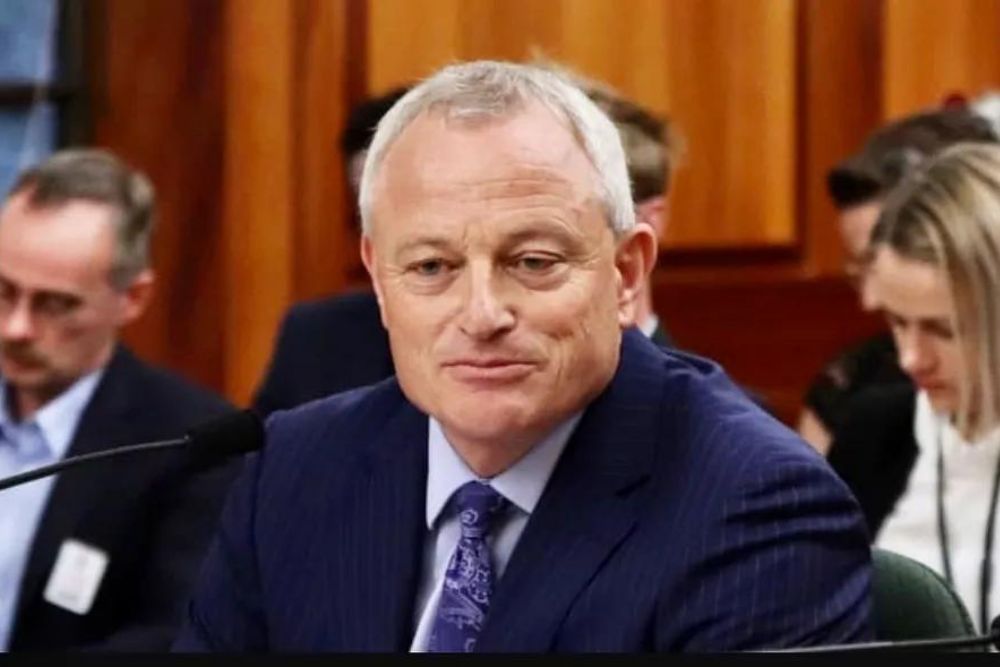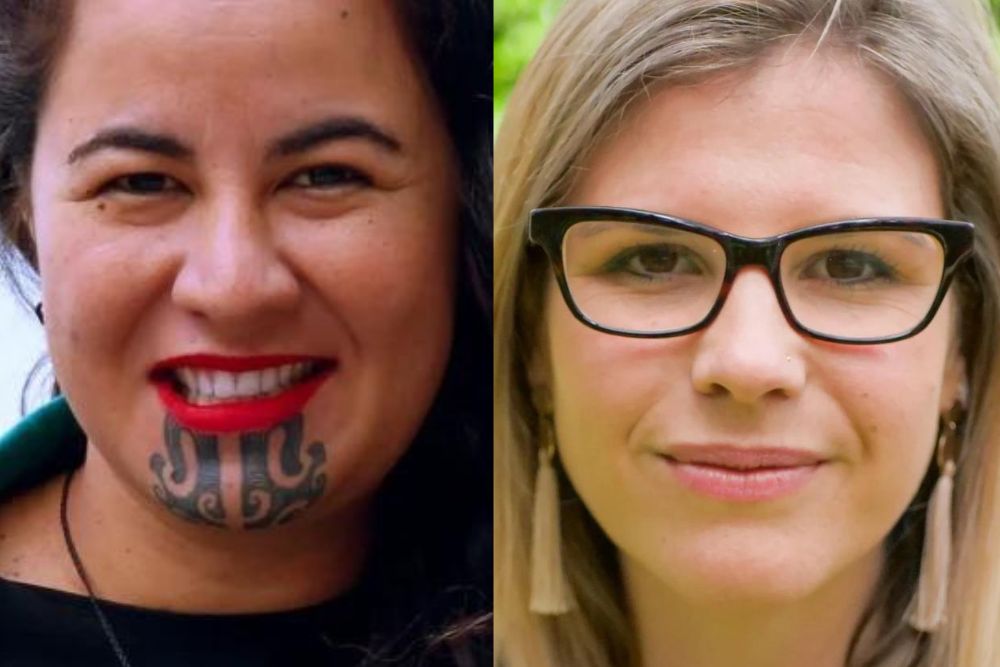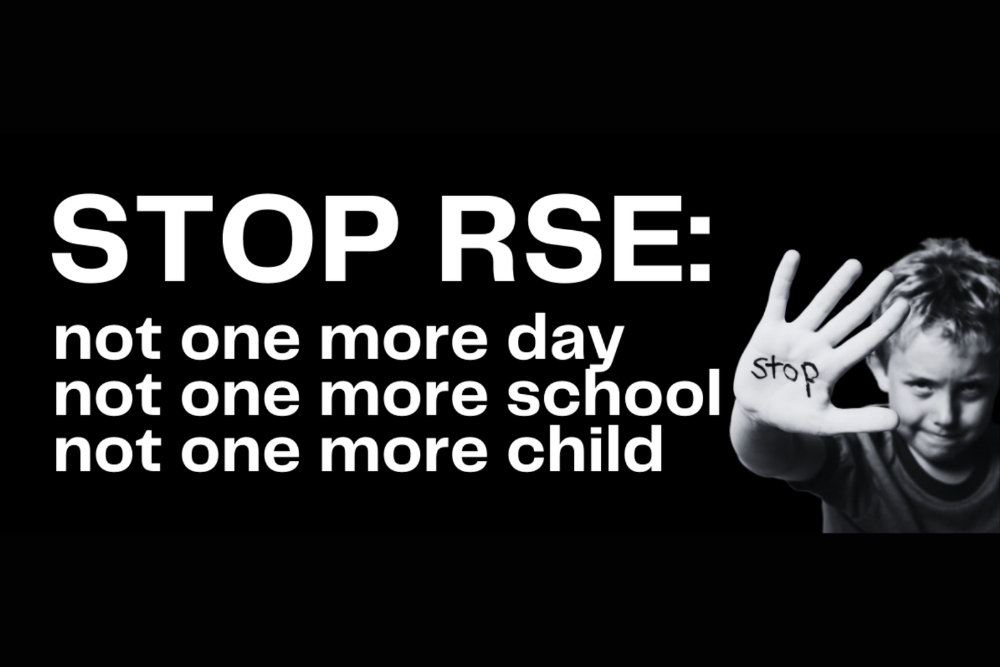By Cranmer
Out of public view, the EPA is implementing a co-governance model which its Chief Executive, Allan Freeth, describes as “quite radical”.
Dr Allan Freeth, Chief Executive of the Environmental Protection Authority. Photo: Lynn Grieveson
Amongst the seemingly constant stream of ministerial missteps of late, it’s easy to forget that in March Rob Campbell was fired from the boards of Te Whatu Ora and the Environmental Protection Authority over comments that he made criticising National’s Three Waters policy.
Immediately following his axing, Campbell hit back by claiming that ministers had “targeted” him after he stood up for co-governance.
“Ministers Verrall and Parker have both been warning me not to push the level of co-governance I was keen to see,” he said.
“The biggest issue that I ever had with the EPA was around the issue of co-governance. Can I make that very clear? The EPA has for a long time had a Māori advisory committee, Ngā Kaihautū (NKTT).”
“Under my leadership we were bringing that organisation and the board closer together and indeed we held out meetings jointly,” Campbell said.
In comments to the Herald, Campbell said that Parker had told him not to publicise changes at the EPA to better recognise mātauranga Māori, nor formalise any co-governance arrangements.
Newly released official information act (OIA) documents now reveal the extent of the radical nature of those arrangements.
Surprisingly, these co-governance arrangements seem to have emerged out of some frustration and tension within the EPA.
In early 2022, chief executive of the EPA, Allan Freeth wrote, “The relationship between the EPA Board and NKTT has ‘waxed and waned’ over the years, and tensions have developed over several issues and concerns about Māori interests and the voice of Māori in the EPA’s work. The development and implementation of the mātauranga Māori framework in recent years has eased these, but in the last two years, the relationship has been weakened.
“At last year’s (2021) strategy session between the Board and NKTT, there was considerable discussion about how to make the relationship between the bodies, and the nature of each’s work, more meaningful. Frustration was expressed by some NKTT members on their ‘distanced’ role as an advisory committee and, to be frank, the ‘holding’ of decision making powers by the Board.”
Emails between Freeth, the chair of NKTT Mavis Mullins and the chair of the Board Rob Campbell show that discussions about co-governance began in January 2022.
Freeth advised his colleagues that he was creating a strategy document which “probably needs some thinking … I suspect much of the sentiment and philosophy of joint governance will come from the Māori perspective not Pākehā.”
A few weeks’ later, at the end of January 2022, Freeth circulated two papers with two different co-governance models for review and consideration by the Board. One was prepared by EPA management, including Erica Gregory who leads the EPA’s mātauranga programme.
The other paper was prepared by Freeth himself, and in his email to colleagues he described it as “quite radical” on the basis that it “takes the view that while the legislation does not say the EPA can do something, they also do not say it can’t (sorry about the double negatives). I suspect this model may set the lawyers ‘hair on fire’.”
Freeth’s comments alluded to the fact that the legislation does not specifically enact a co-governance structure. In fact the statutory governing body of the EPA is its Board which has the sole authority to exercise the powers and functions provided by the EPA Act 2011 and the Crown Entities Act 2004.
Ngā Kaihautū, as the Maori advisory committee, is only empowered by statute to provide advice to the Board. Constructing a governing partnership between the Board and NKTT is therefore a delicate legal matter.
For instance, Freeth noted that the recent inclusion of a NKTT member as a non-voting member of the Board, “does raise the question of that individual being deemed a director if he/she participates directly in the governance and decision making of the organisation. (This is obviously a grey area and would be subject to judgement and debate if ever tested).”
Freeth warned, “However, the possibility of other NKTT members being captured by the same fate under some form of co-governance needs consideration as part of any model.”
Freeth’s proposal was that the Board holds its meetings in a wider forum “perhaps called the EPA Council in partnership with NKTT members – in effect a joint meeting.” Freeth proposed total transparency and inclusion on all aspects of the Board and NKTT’s work including “strategy, budgets, people, and CE performance and appointment.”
The caveat required to remain compliant with the statue was that, “final decisions as they relate directly to the governance of the organisation and its operations” are restricted to EPA Board members.
Freeth noted that, “We suspect this type of structure is not unique, although it has not been researched.”
“Success of this model depends on personalities, but in terms of Chairs especially, and the stars have aligned with the appointment of Mavis Mullins and Rob Campbell as NKTT and EPA Chairs respectively – both with considerable governance experience and a style and approach that would support and assist such a proposal,” Freeth wrote.
Immediately after his axing, Campbell referred to the Board recently holding joint Board meetings as an expression of co-governance in a manner which looks very similar to Freeth’s proposed governance model.
Freeth’s motivation for adopting such a radical approach seems fairly clear. The final paragraph of his paper noted, “If the EPA implemented such an approach, it would continue its track record of ‘making history’, building on the inclusion of mātauranga Māori in EPA decisions making practices and provide strong leadership in the public service.”
Under the more conservative paper prepared by Gregory, two members of NKTT would attend sections of Board meetings during which time management would present and speak to their Board papers. NKTT members could also engage in discussion and ask questions of management.
Although only the Board could give management directions or seek further information from management, it was contemplated that NKTT members could advise the Board to seek further information and that that advice would be taken into consideration by the Board “in the spirit of partnership”.
NKTT members could provide their advice to the Board on whatever form they wish to present it but “it is envisaged that this advice will mostly be verbal for expediency”.
Both strategy papers went to the Board in February 2022. The minutes of that meeting have been heavily redacted in the OIA process but they do reveal that the co-governance matters had been discussed with Ministers Parker and Twyford.
The minutes note that Freeth had been considering the relationship between the Board and NKTT, “observing some of the frustrations and taking into account the wider sentiment of the government and community.”
The minutes record that the Board was unanimously supportive of the partnership moving forward subject to the legal and practical issues being worked through and taking in account the “imbalance in the current legislation”.
Following Campbell’s removal as Chair of the EPA Board, his replacement, as Acting Chair, is Steven Wilson who was the former Chair of NKTT.
The fact that Campbell, Freeth and Mullins would act so decisively to implement such a radical model of co-governance seemingly against the wishes of their Ministers, or at least without their encouragement, demonstrates just how much momentum co-governance now has within ministries, agencies and NGOs.






